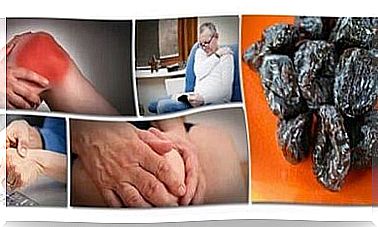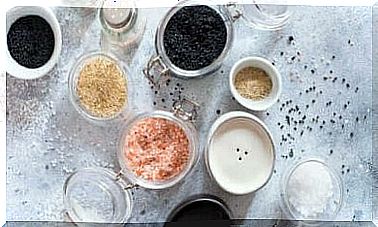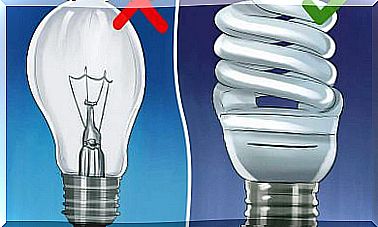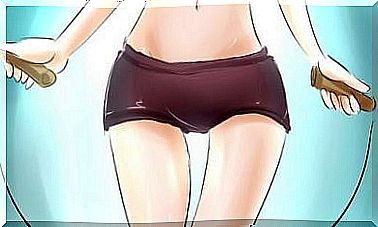Lavender Essential Oil With Extraordinary Benefits
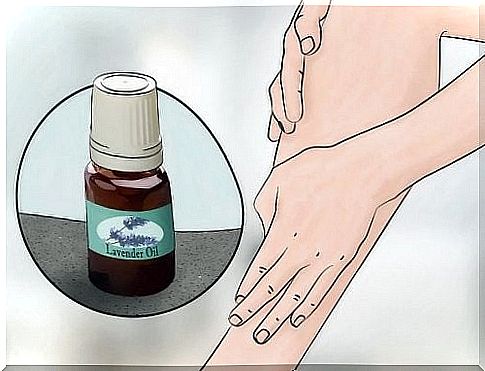
Lavender essential oil has many beneficial properties that are worth considering. It is a great product for skin health and for hygiene and home care. Do you know all the uses of lavender oil?
Lavender
If we think of lavender, fields of purple color come to mind. This wild plant, characterized by small lilac flowers, is widespread throughout the Mediterranean area and in some areas of Africa, Asia and India, on very sunny fields and hills.
Lavender is rich in essential oils, acids, coumarin, tannins and saponins (in the flowers).
Health properties of lavender essential oil
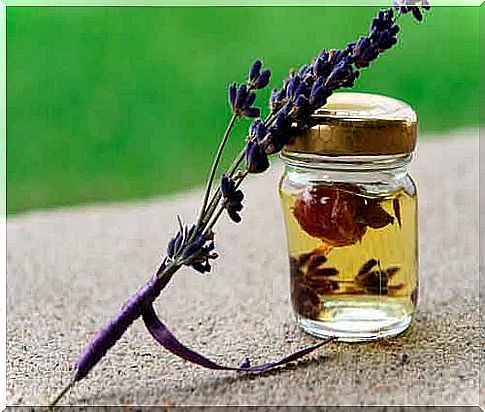
Lavender has the following medicinal properties:
- It has a high calming power, a characteristic for which it has been known since ancient times. In Roman times, it was used to take relaxing baths. It is useful in case of nervousness, anxiety, insomnia and stress.
- It has antiseptic properties that help disinfect, relieve and heal any wound, burn, sting or hematoma.
- Lavender is antibacterial and antiviral, two properties that make it an excellent remedy for preventing and treating respiratory diseases such as laryngitis, pharyngitis and angina, but also genital infections.
- It improves some skin ailments such as psoriasis or eczema, as it reduces inflammation and soothes the burning.
- Promotes digestion and calms stomach tension.
- Its anti-inflammatory and calming properties make it an excellent pain reliever.
- Helps fight nausea while traveling.
- Slightly reduces arterial hypertension.
- Prevents hair loss.
Lavender essential oil and other extracts
Lavender essential oil concentrates all the properties and aroma of the plant in a small quantity. It is obtained through a distillation process that requires the use of an alembic, therefore, unless you have this tool available, it cannot be prepared at home. However, it can be found in any herbalist’s shop and in various natural product stores.
What alternatives to essential oil can you prepare at home?
- Maceration of lavender flowers in almond or olive oil : the proportion is 1 part of the plant per 10 parts of oil. Lavender flowers must be left to macerate in a glass container and placed in the sun outside. It has to be mixed from time to time.
- Maceration in alcohol for a week : the glass container must be filled with dried lavender flowers and then covered with ethyl alcohol.
- Concentrated infusion of dried lavender flowers : the most common and simple preparation is the concentrated infusion of flowers. The infusion is ideal to drink, to gargle, hot baths or foot baths.
Healing uses of lavender essential oil
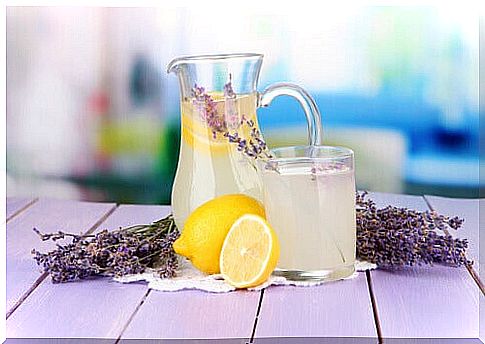
The most common uses for health are:
- Infusions to combat insomnia and nervousness.
- Gargling to reduce inflammation of the respiratory tract.
- Relaxing massages with lavender essential oil to relieve stress.
- Clutches with lavender oil to relieve rheumatic, lumbar, foot, migraine and stiff neck pain.
Skin and hair
One of the best uses of lavender oil for skin and hair is to add a few drops to your usual cosmetic products.
- Face and body cream : calms tension, fights skin disorders and promotes cell regeneration.
- Shampoo : prevents hair loss.
Furthermore, this oil has the property of enhancing the effects of other natural ingredients.
Hygiene of the house
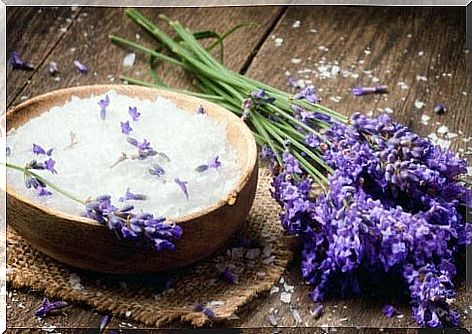
As for home hygiene, you can pour a few drops of lavender essential oil into cleaning products (floor cleaner, detergents, softeners, air fresheners, etc.) to improve their aroma and get other results as well, Which:
- Keep insects away
- Promote an atmosphere of well – being at home
- Eliminate pet fleas
In addition, you can prepare some pretty lavender bags to perfume the wardrobes. Using larger bags, cervical pillows can be made to be heated in the microwave and placed on the cervical area to promote a good rest.
Main image courtesy of © wikiHow.com

